
- Share via
Pop some champagne. Let confetti rain from the rafters. You’ve just bought your first home, and you should be proud.
You’ve accomplished something that less than half of L.A. County residents have done. The U.S. Census Bureau says roughly 46% of L.A. County residents own their home; that’s a tragically low number, but it makes your purchase all the more impressive.
If you recently became a first time home buyer — or are planning to buy a home for the first time — The Times would like to hear from you.
We wouldn’t even bother writing this section if the work was over, however. Take time to celebrate, but after that, reassess your new financial realities — your future homeownership expenses as well as the closing costs that may have set you back more than planned.
Hidden costs
Through dozens of interviews with first-time buyers, a consistent theme arose: Many underestimated the cost of the home-buying process and owning a home beyond the mortgage. Your down payment and closing costs may have depleted most of your savings, but if at all possible, plan to set some more money aside for the hidden costs of homeownership.
These are the most common costs that come with buying a home.
Closing costs
“Closing costs” is the catchall term for all the fees associated with closing on a home. They’re owed to your lender and can vary wildly from state to state and lender to lender, but they usually include a loan application fee, appraisal fee, loan origination fee, closing fee, underwriting fee and courier fee.
Five homebuyers tell us how they chose which neighborhood to commit to in Greater Los Angeles — no small feat.
In addition, they might include a year of homeowner’s insurance and several months of property taxes. That’s not necessarily a bad thing because getting these out of the way early can help make the first year of ownership a bit smoother.
“Closing costs ultimately amount to double if not triple of what you were originally budgeting for,” said Courtney Northrop, who bought a North Hollywood bungalow in January with her wife.
California closing costs in the first half of 2021 averaged $8,219 (or $5,773 not counting taxes), according to real estate data company ClosingCorp. That’s the ninth-highest average in the country and $1,382 more than the national average. As a percentage of the sale price, closing costs in California on average are significantly lower than in the rest of the United States, but that’s mostly because housing prices here are so high.
Emergency repairs
The inspection report may have come back clean, but that doesn’t mean your new house is flawless. Here’s an example.
Say the previous owner remodeled the house and added a few hundred square feet, but despite creating a bigger house, didn’t upgrade the heating and air conditioning system. When the summer weather swoops in, the system won’t be equipped to service the entire home, so it is more likely to break down in a few years. Replacing an HVAC system can cost $20,000 or more — and that’s just one of the things you can expect to replace at some point.
Other emergency repairs arise because of aging plumbing, roof damage, electrical issues, old appliances or a broken water heater. These problems are all costly, so if possible, keep a few thousand dollars in the bank.
Uncommon ways to buy a home
Global warming is real, and summers will keep getting hotter, straining the power grid and causing utilities to shut off electricity in fire-prone areas. Power outages probably will become a regular part of life in the next decade, so real estate agent Bret Parsons of Compass says you should consider installing a generator. Depending on the size, the device can cost anywhere from $2,000 to $25,000. But if there’s someone in the home who needs access to electrical medical equipment, having that power could make a huge difference.
HOA fees
In making the transition from renter to buyer, one of the rudest awakenings is the homeowners association fees. Like a miniature rent payment every month, the fees are standard for condos and town houses (and even in certain single-family home neighborhoods), and they go toward collective neighborhood amenities such as a community pool and tennis courts or services such as pest control and trash removal.
Check to see whether your neighborhood charges HOA fees, and if it does, set aside a few hundred per month because the L.A. metro area has — you guessed it — among the highest average HOA dues in the country. Although standard fees range from $200 to $300 nationwide, L.A.’s average is $340, good for the 13th-priciest rate in the country, according to data from Zillow and the U.S. Census Bureau.
For upscale condos, HOA dues can skyrocket. Monthly dues for Century City’s luxury Century building run north of $5,000, and fees for Beverly West, a boutique high-rise near the Los Angeles Country Club, can reach more than $8,000 a month.
Maintenance
The landlord is no longer a phone call away. When something breaks — and something surely will break — it’s a good idea to have some money set aside for repairs. Here are some common things you’ll need to replace, along with estimates of replacement cost and frequency.
Renovations
It may seem overwhelming when you first buy a property, but renovating the home not only makes it your own, it adds value down the road if you ever want to sell. The pandemic brought labor and supply shortages, making renovations significantly more expensive. But in a regular market, here’s a general idea of how much you can expect to spend on major changes.
“Let’s be honest, ‘affordable’ homes are not turnkey and need a lot of work to even be simply habitable. In the current housing market in Los Angeles, you could be looking at an $800,000 to $900,000 home that will likely still need another $100,000 worth of structural and cosmetic work,” Northrop said. “And much of your renovation budget will typically go to what inspections find, if you’re unlucky.”
If you have the money and the space, adding an accessory dwelling unit can pay dividends — and it will also help address Southern California’s housing shortage. Any money you pour into building one will be reflected in the property value when you decide to sell (and when you pay your property taxes), and in the meantime, you can rent out the space for a few thousand each month.
If you need inspiration, The Times has profiled plenty of ADU builders. This guy built one with a budget of less than $100,000, and this single mom built one while managing not to kill the 60-year-old Chinese elm that towers over the property.
Savings
Now that we’ve talked about all the added costs of homeownership, let’s talk about where you could save some money — and that’s taxes.
The 2017 Tax Cuts and Jobs Act reduced the amount homeownership can save you in tax payments, but there still is a benefit.
Under current law, you can deduct mortgage interest payments to reduce your taxable income on a mortgage up to $750,000. That means if you have a mortgage of as much as $750,000 you can deduct all your interest payments. If you have a mortgage above that amount, you can still deduct interest payments — it would just be the equivalent of having a $750,000 mortgage.
Things to consider
You must itemize your taxes to take advantage of these deductions. In some cases, you will save more money by taking the standard deduction instead.
For 2022, the standard deduction will be $12,950 for individuals or married people filing separately and $25,900 for married couples filing jointly.
If you don’t know what is best in your situation, seek out a tax advisor who can guide you in the right direction.
Step-by-Step Guide
More to Read
Inside the business of entertainment
The Wide Shot brings you news, analysis and insights on everything from streaming wars to production — and what it all means for the future.
You may occasionally receive promotional content from the Los Angeles Times.
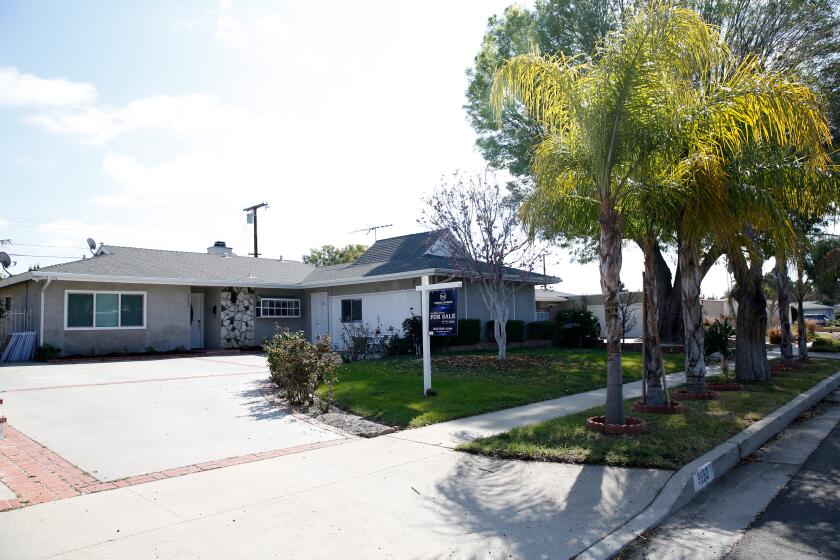

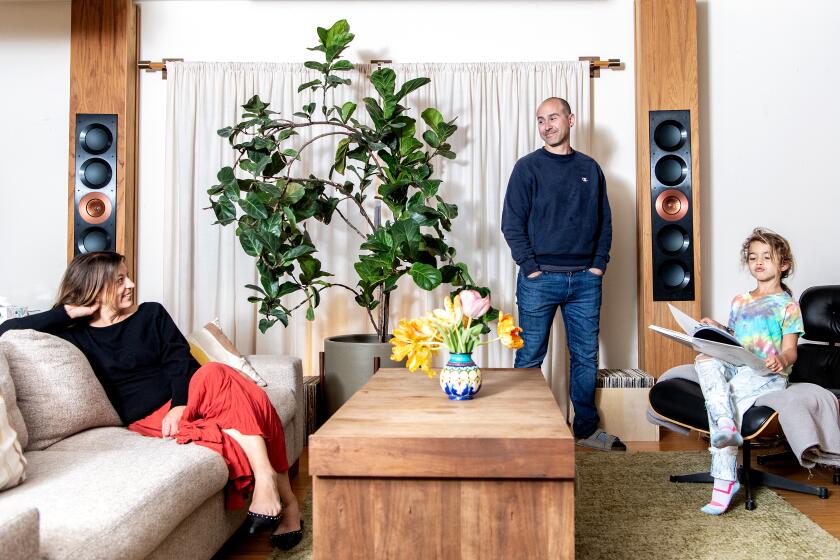

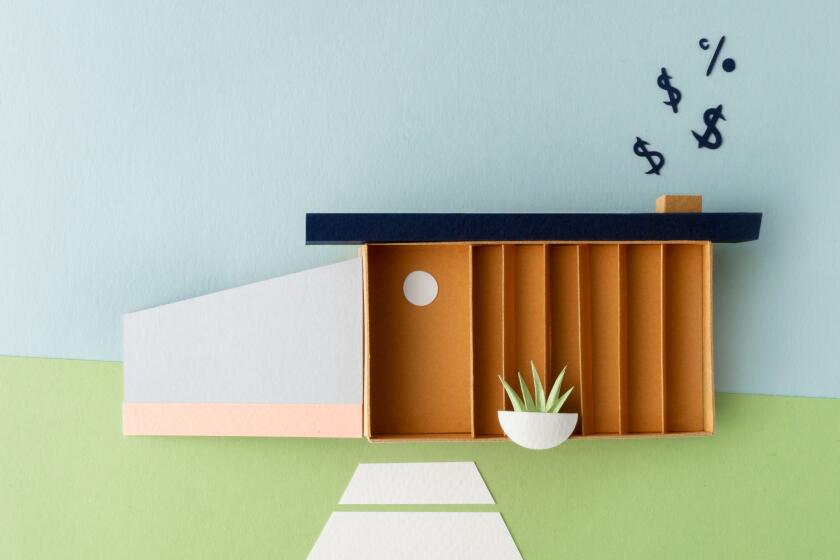

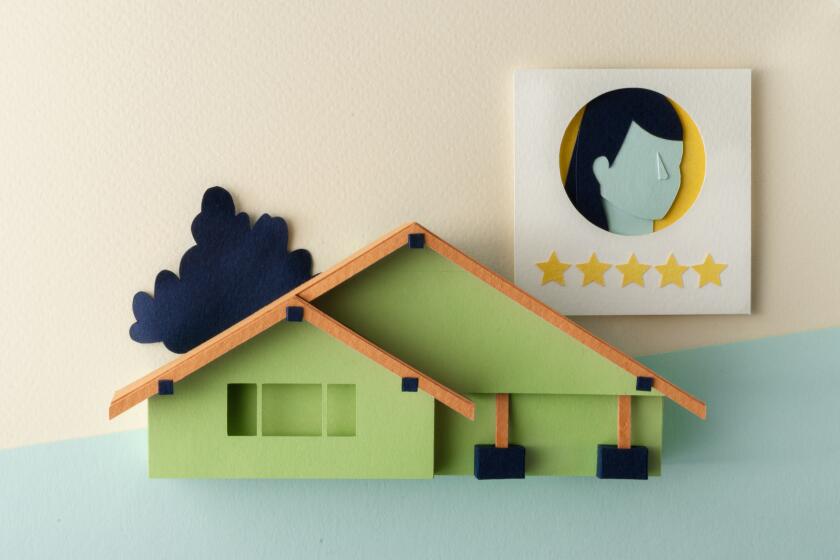
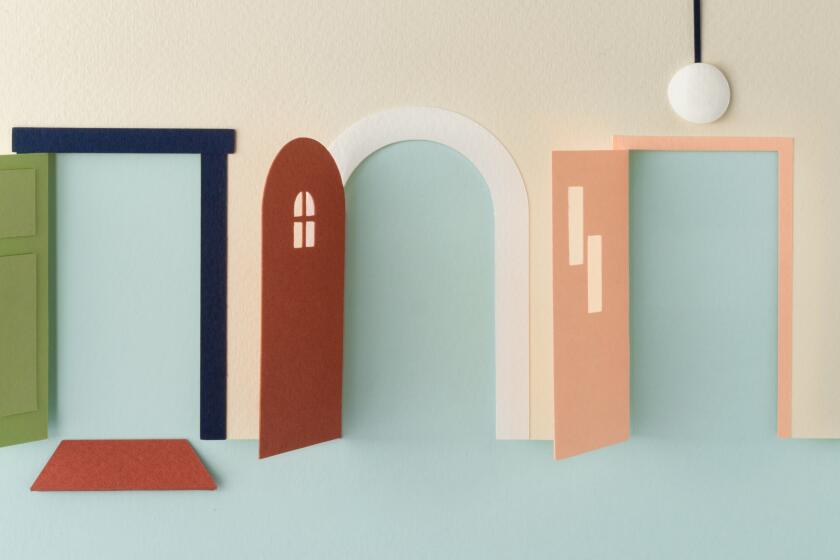
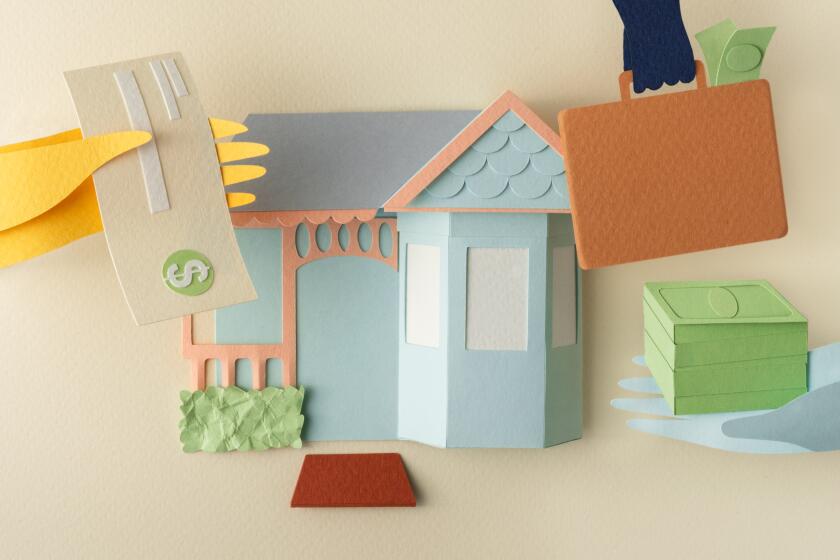









![Vista, California-Apri 2, 2025-Hours after undergoing dental surgery a 9-year-old girl was found unresponsive in her home, officials are investigating what caused her death. On March 18, Silvanna Moreno was placed under anesthesia for a dental surgery at Dreamtime Dentistry, a dental facility that "strive[s] to be the premier office for sedation dentistry in Vitsa, CA. (Google Maps)](https://ca-times.brightspotcdn.com/dims4/default/07a58b2/2147483647/strip/true/crop/2016x1344+29+0/resize/840x560!/quality/75/?url=https%3A%2F%2Fcalifornia-times-brightspot.s3.amazonaws.com%2F78%2Ffd%2F9bbf9b62489fa209f9c67df2e472%2Fla-me-dreamtime-dentist-01.jpg)




